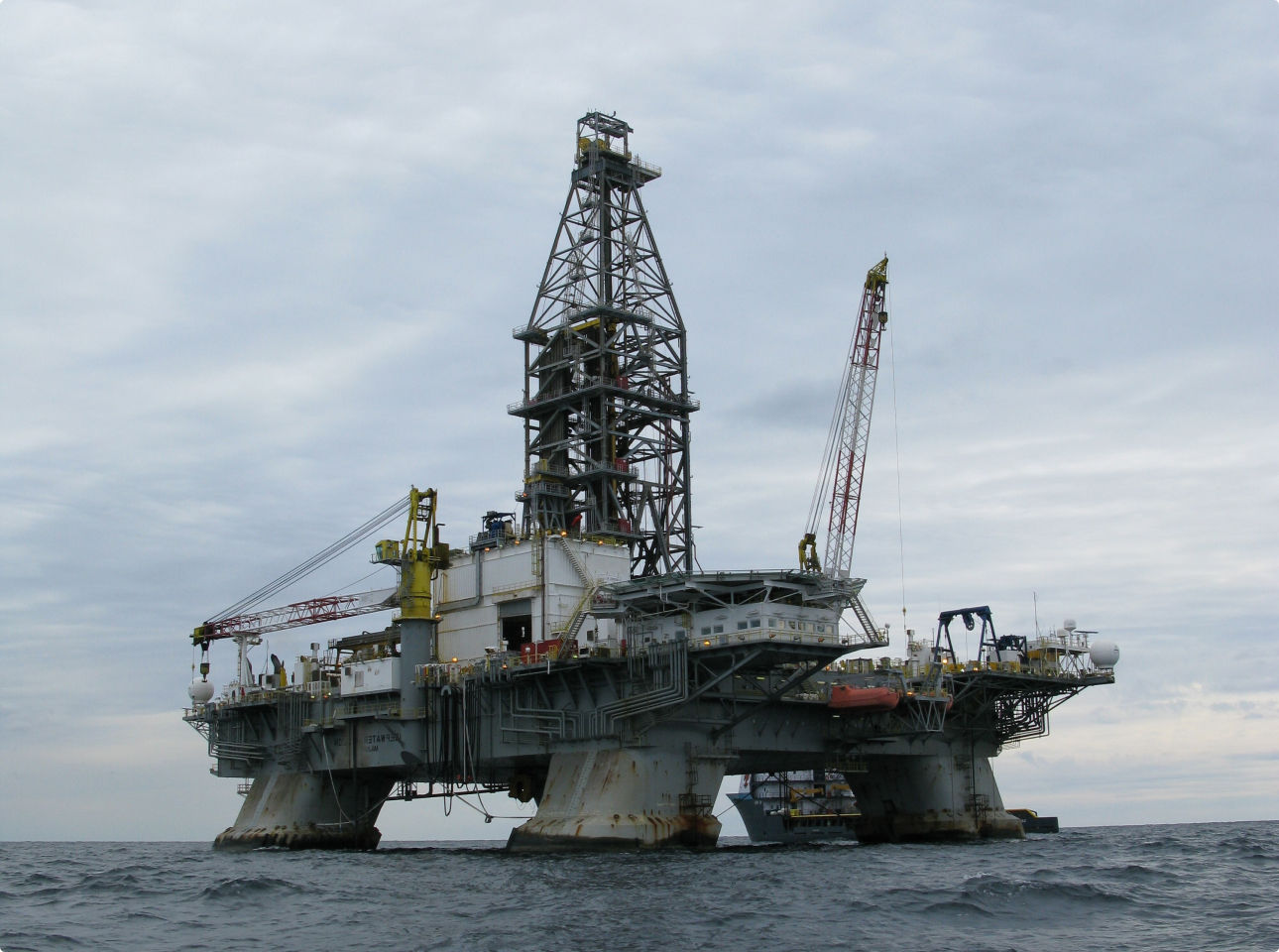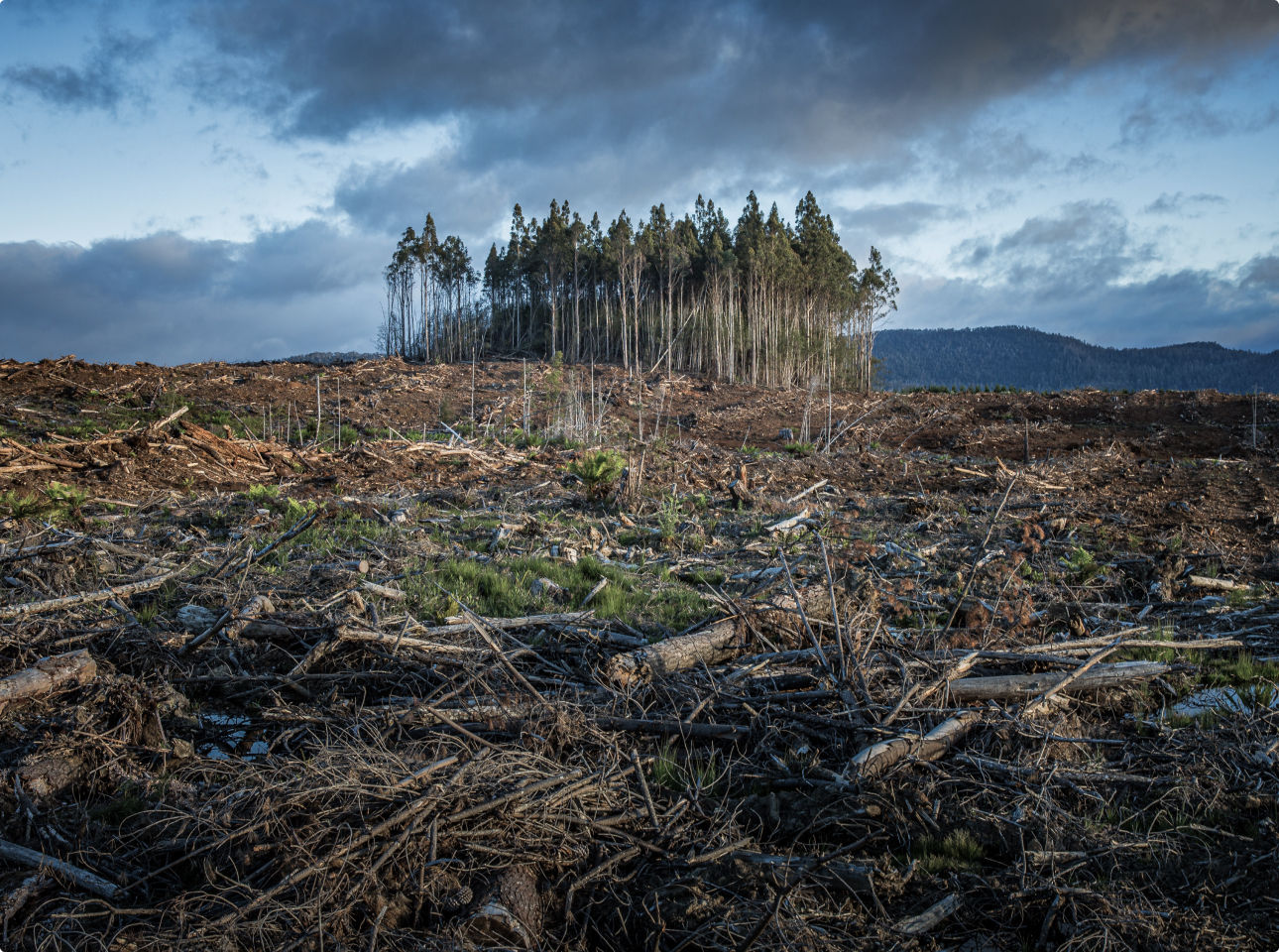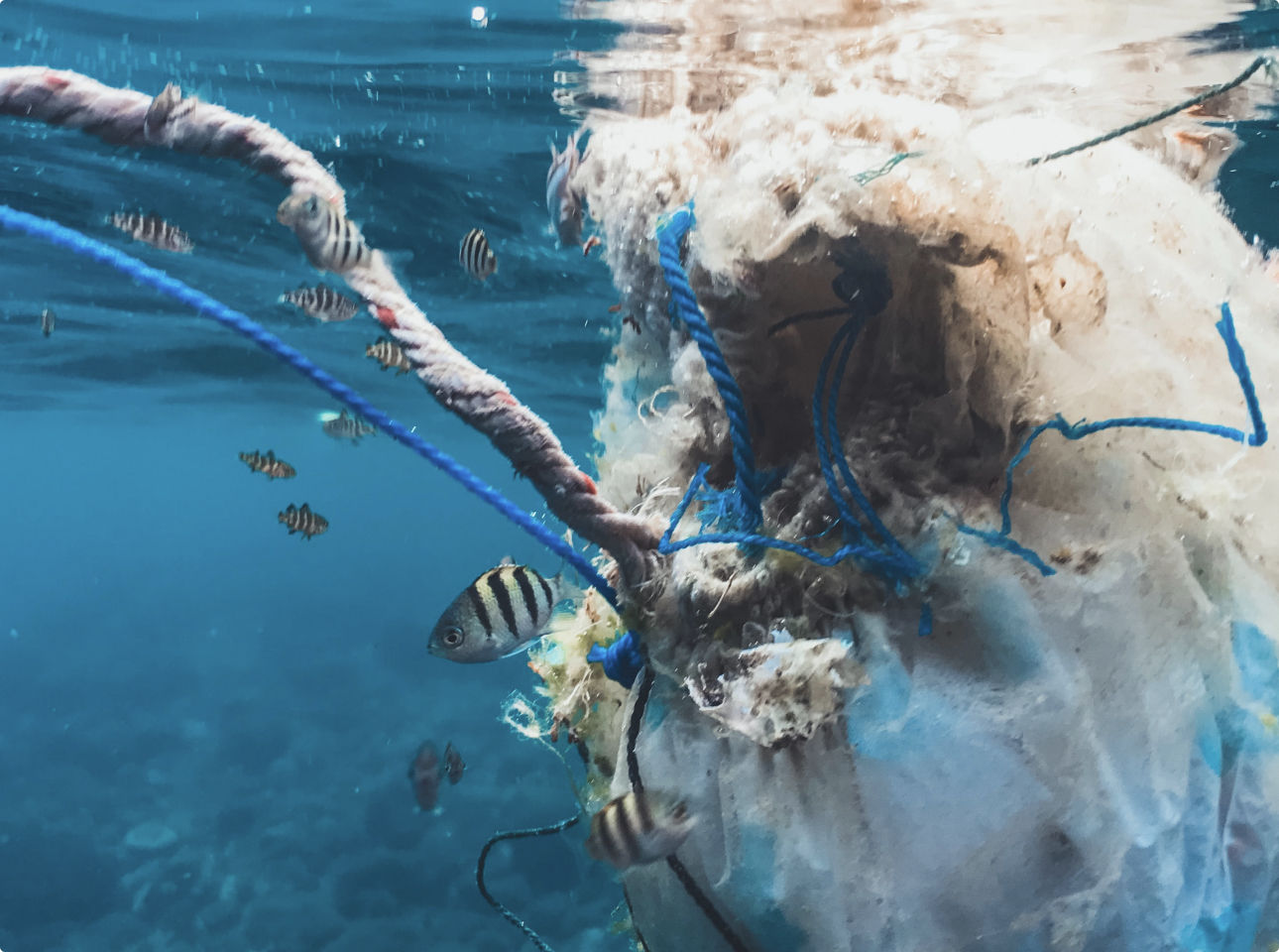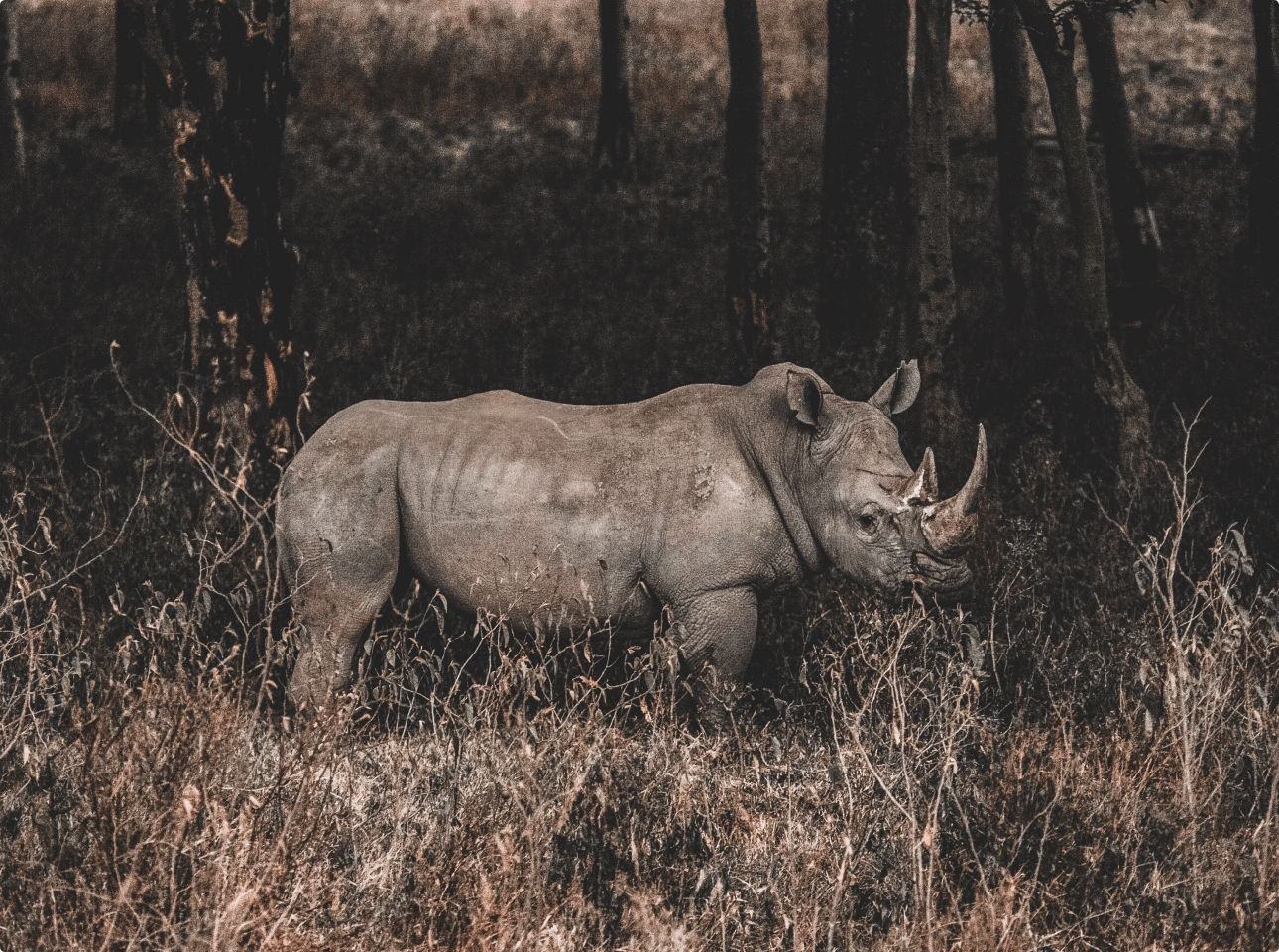So what is
Circular
Economy?
Circular Economy is increasingly seen as a key approach to operationalising goals and supporting the transition towards a sustainable society by enhancing competitiveness, economic growth and sustainability in many parts of modern society.
It is defined by the Ellen MacArthur Foundation as:
an economy that disassociates economic growth from the consumption of finite resources, by proposing new ways to create and deliver value.
But why is it so important?

WHY do we strive for Circular Economy?
Our society, as we’ve been used to it for decades, follows a linear economy of “take-make-consume-dispose”, meaning that we’re ‘borrowing’ capacity from future generations. Such behaviour is unsustainable and prolonged linearity is already showing its effects.
Circular Economy aims to break our linear habit by following basic principles to decouple value creation from the consumption of finite resources. Available cases of Circular Economy are already showing great business potential for companies, displaying both resource effectiveness and a decoupling of business growth and carbon footprint.
WHAT is Circular Economy?
Circular Economy seeks to respect planetary boundaries through increasing the share of renewable or recyclable resources, whilst reducing the consumption of raw materials and energy, thus reducing emissions and material losses.
There are many ways to achieve circularity, ranging from new business approaches, through circular product development and production, to circulating end-of-use products at a product, component or (ultimately) materials level.


HOW do we achieve Circular Economy?
Achieving a Circular Economy requires a fundamental change of mindset within the business, all the way from the strategic decisions made for the company and its value chain, through the tactical ways of managing and setting goals for the company, to the everyday operations of designing, developing, and applying circularity principles.
ready2LOOP can help you understand your company’s current Circular Readiness, which is key for planning a successful transition to increased circularity. We can also assist your systematic transition to Circular Economy.
WHO to involve in the process?
Everyone! The change we need to make is fundamental, and that requires sharing knowledge with and gaining inputs from as many different people within both your company and your value chain.
The ready2LOOP platform is designed to incorporate as many colleagues from your company as possible - in fact we provide you with a measure of how inclusive you are of the different functions from your company.
In addition, we also help you to engage with your value chain, making good ideas and intentions into tangible actions.

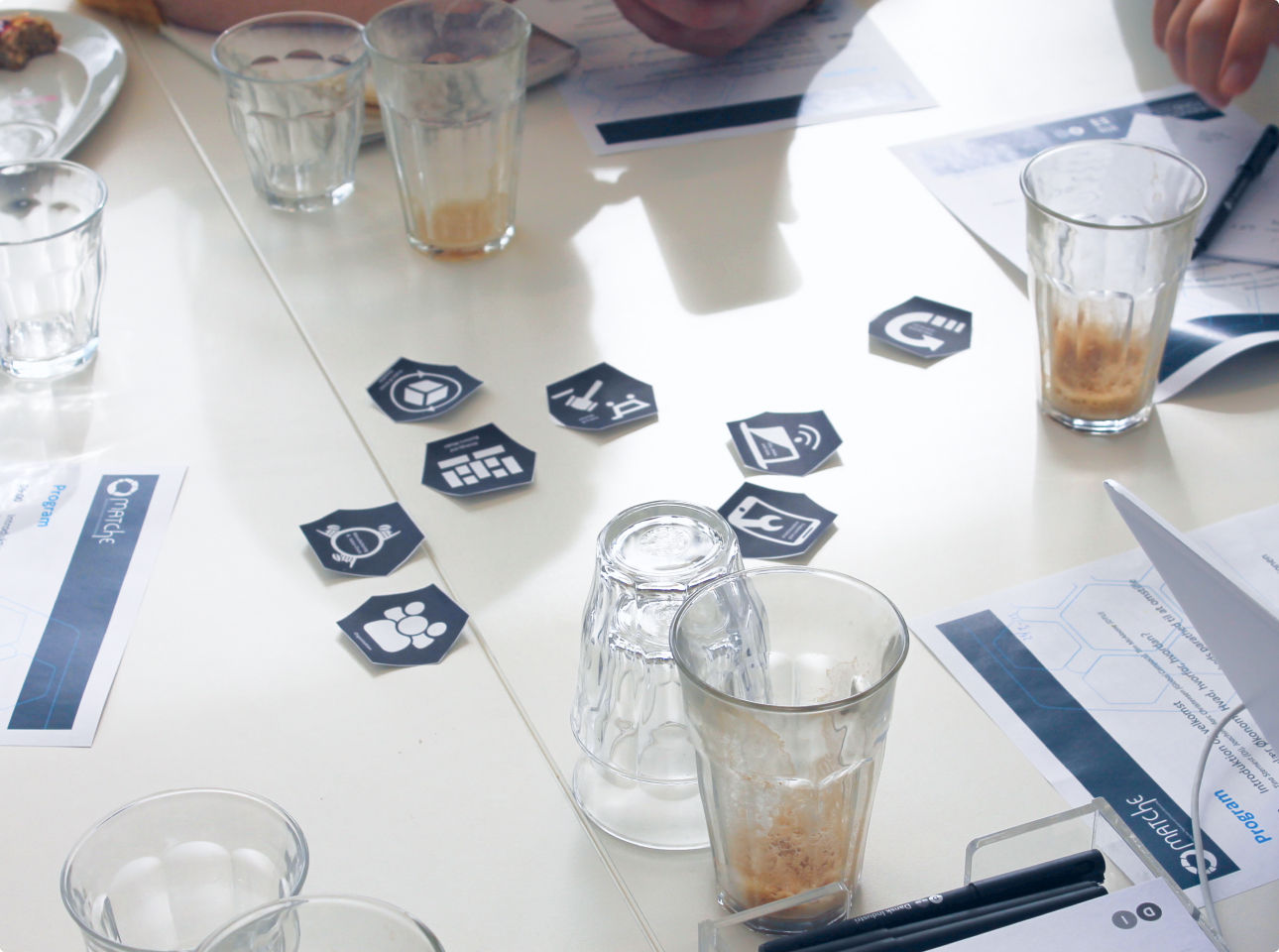
WHEN do we start?
Start today! The 100% circular company does not yet exist, so there’s always something that we all can improve.
We’ve designed the ready2LOOP platform so that you can get going with a single Circular Readiness assessment now - or that you can arrange a department-wide workshop as a kick-off of your transition. The platform is always open for you to add and invite colleagues, who can engage as they get the opportunity.
Get started today!
Regardless of whether you want to start your transition to Circular Economy by yourself, or get help along the way through an Accelerator, you should start by assesing your current Circular Readiness. Sign-in and get started for free!

